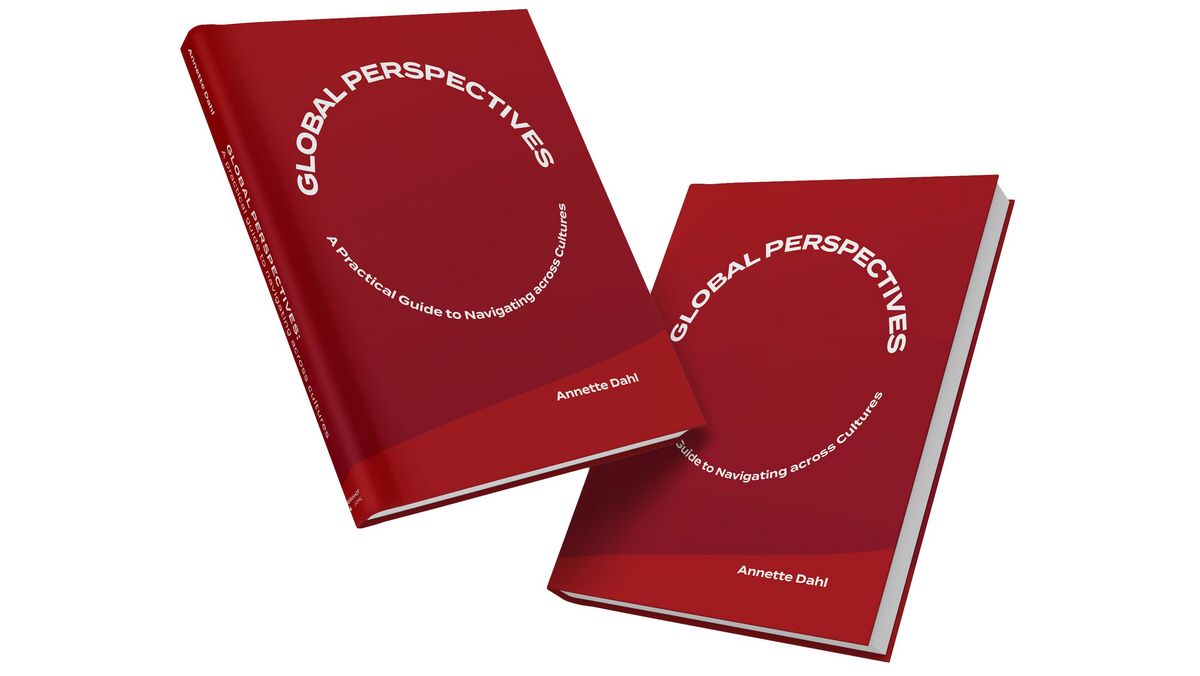When we design your training programme, it’s crucial that you put the new knowledge into practice to create better results in your global work day. Otherwise, the training could end up being a waste of time.
That’s why C3’s learning processes are different – they’re not your typical courses. That’s why we see ourselves as agents of change – and not your typical trainers. And that’s why we are not locked into rigid training concepts, but we include the theories and methods that facilitate your learning.
You learn before, during and after the training
Our training programmes follow this process:
1. Before the training:
First of all, we talk to the relevant parties in your organization to clarify your training objectives. Then we ask the participants about their individual experience and challenges so we can customize the training.
At the same time, the questions will motivate each participant to become engaged in the subject and to reflect on personal goals and how they can be linked to your organization’s training objectives.
2. During the training:
The training can be delivered as a single workshop or divided up into several modules. Throughout the entire training, we focus on how new knowledge can be translated into skills: What will you do differently after the training? Which habits will you change – and how? How will you incorporate the new tools into your intercultural work practices and processes?
The learning capacity significantly increases if the training takes place over several modules: By putting your new knowledge into practice between different modules, you can solve real-life challenges in your global work day.
The key elements of the training are:
- Case studies:
We continuously work with your own examples, e.g. experiences with global partners or colleagues where things didn’t go as planned. We analyse what went wrong and how to avoid problems in the future. Casework makes the training relevant and increases the link between training scenarios and real-life situations.
- Cultural models:
New knowledge is more readily used when it becomes systematic. That’s why we use a range of cultural models that make it easier to deal with complex scenarios where cultural differences come into play. The models are brought up repeatedly throughout the training so that they become familiar – and are easy to remember and use, even on a busy day. Look at one of our cultural models.
- Energy and involvement:
We promote active learning by involving all participants. We maintain energy levels by continuously switching between short presentations, casework in small groups, exercises and group discussion. We do this because people learn best when they’re engaged and involved. And we might as well have fun at the same time!
3. After the training:
We round the training off by summarizing what you’ve learned and how you’ll implement it in your everyday life. Participants will think about next steps in relation to breaking old habits and putting new knowledge into practice.
But your learning doesn’t stop there. Absolutely not.
Good follow-up is essential to ensuring your training objectives are met. That’s why, about a week after the training, we send a summary of the training’s benefits and subsequent action plans, along with thought-provoking questions that will help each participant retain what they have learned.
At the same time, we’ll have a chat with you to see how you’re doing and how you’re making sure that the training sticks, e.g. through intercultural coaching of key people, or colleagues teaming up as training buddies.
We also expect something of you
Developing intercultural competencies involves changing people’s habits – both in word and deed. And that takes motivation, engagement, support and follow-up from your organization.
That’s why we expect you to make an effort so you get the full benefit from the training. If you’re looking for a quick fix – only to go back to what you’ve been doing before – then C3 is not for you.
Want to know more?

